Hail to the Chief
Exploring American Presidents
Introduction | Background Knowledge | Activities | Extensions | Standards
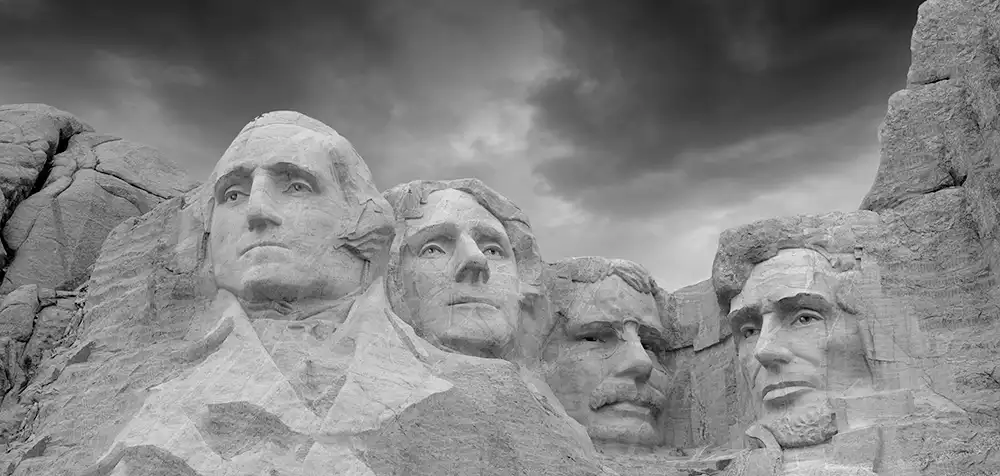
Introduction
"The President shall be Commander in Chief of the Army and Navy of the United States, and of the Militia of the several States when called into the actual Service of the United States; he may require the Opinion, in writing, of the principal Officer in each of the executive Departments, upon any Subject relating to the Duties of their respective Offices, and he shall have Power to grant Reprieves and Pardons for Offences against the United States, except in Cases of Impeachment.
He shall have Power, by and with the Advice and Consent of the Senate, to make Treaties, provided two-thirds of the Senators present concur; and he shall nominate, and by and with the Advice and Consent of the Senate, shall appoint Ambassadors, other public Ministers and Consuls, Judges of the Supreme Court, and all other Officers of the United States, whose Appointments are not herein otherwise provided for, and which shall be established by Law: but the Congress may by Law vest the Appointment of such inferior Officers, as they think proper, in the President alone, in the Courts of Law, or in the Heads of Departments.
The President shall have Power to fill up all Vacancies that may happen during the Recess of the Senate, by granting Commissions which shall expire at the End of their next Session."
- The United States Constitution, Article II, Section 2
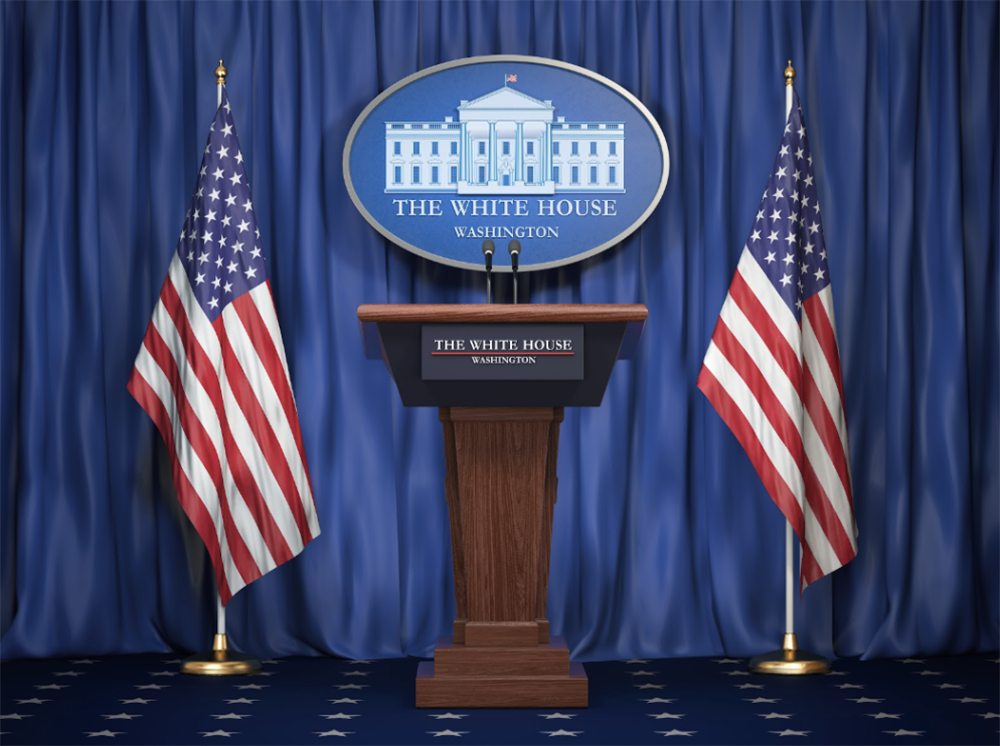
Background Knowledge
The President of the United States heads the federal government's Executive Branch. The United States Constitution addresses the Executive Branch in Article II. Section 1 details the qualifications of the office. State-appointed electors shall elect the President for a four-year term. The President of the United States must be a natural-born citizen who is at least 35 years old and has lived in the country for 14 years. The President will be paid for his services. Each President will recite the following oath: "I do solemnly swear (or affirm) that I will faithfully execute the Office of President of the United States, and will, to the best of my Ability, preserve, protect, and defend the Constitution of the United States."
Article II, Section 2 explains the duties of the President of the United States. The President is the commander in chief of every branch of the military. The President can grant pardons to citizens convicted of crimes. The President appoints ambassadors, cabinet members, and judges, with approval from the Senate. The President convenes the heads of the executive offices (or the Cabinet) for opinions and counsel.
Since 1789, the United States has seen 46 presidencies and 45 different Presidents. Because Grover Cleveland served two non-consecutive terms, he is counted as the 22nd and 24th president.
Twenty-one states have produced Presidents of the United States. Virginia has made the most with eight presidents. The first President of the United States to be born an American citizen was Martin Van Buren (#8) in 1782. (All of the Presidents before him had been British citizens until the American Revolution.) Seven Presidents were born in log cabins, with Andrew Jackson (#7) being the first through Jimmy Carter (#39). Richard Nixon (#37) was the first President to visit all 50 states. Ronald Reagan (#40) was a Hollywood actor before becoming President. Thirty-two Presidents served in the military. Five had never held an elected public office before becoming President. One president was an ordained minister, and one received his PhD. Theodore Roosevelt (#26) was the first president to ride in a car, and Franklin D. Roosevelt (#32) was the first to ride in an airplane. Bill Clinton (#42) was the first president to have a website.
A hallmark of the Presidency is the peaceful transfer of power as one President finishes his term and the next one begins. The incoming executive has two months from election to inauguration to prepare for the transition. As one President moves out, the next moves in. Traditionally, the outgoing President welcomes the new into the White House for a tour before Inauguration Day. The outgoing President also typically attends the inauguration as a sign of support for the peaceful power transfer.
The American Experiment was the original presidential system. It has withstood almost 250 years of trials, and the presidential model is still strong and successful.
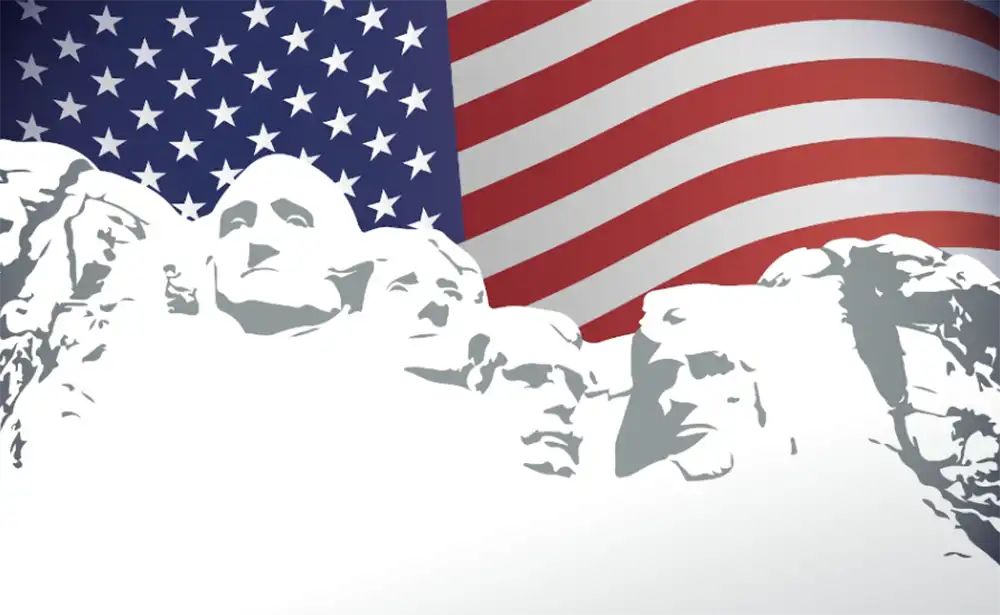
ACTIVITIES
- Selected Booklists
-
Read If I Were President by Catherine Stier (ISBN 978-0807535424) to learn about the different jobs, responsibilities, and opportunities that the President of the United States has.
- Take the chance to advise the president using the web resource Advise the President (TeachersFirst review), which includes resources from the National Archives.
- Use data to make decisions for the government using the simulations available with iThrive Games (TeachersFirst review).
-
Read The Next President by Kate Messner (ISBN 978-1452174884) to see an overview of each president.
- Read a short biography of each President on the White House's Official site, (TeachersFirst review) the Smithsonian site (TeachersFirst review), or the Miller Center (TeachersFirst review).
- Consider joining the Presidential Primary Sources Project or watch archived videos of prior projects to learn more.
- Prepare a presentation about one of the US Presidents. An example of a project and rubric are here. Make an infographic about the President using Canva (TeachersFirst review) or try Animate from Audio (TeachersFirst review) to create a short, animated video presentation featuring students' voices.
-
After They Were President
- George Washington left his role as President to retire to Mount Vernon (TeachersFirst review), his home in Virginia.
- Jimmy Carter helped improve the world in the years after his presidency through his work with Habitat for Humanity and international conflict mediation. His focus—Waging Peace, Fighting Disease, Building Hope—can be explored through the Carter Center (TeachersFirst review).
-
Famous Speeches
-
The Gettysburg Address, by Abraham Lincoln
- Learn the background of the famous speech from PBS (TeachersFirst review).
- Explore many presidential speeches throughout America's history. There is one lesson plan for Speeches that Define a Presidency and one for Eras of Presidential Speeches.
- Read or listen to speeches from each of America's 46 presidents from the University of Virginia Miller Center.
- The Library of Congress has a Primary Source Set for Presidential Speeches (TeachersFirst review). To examine the sources more closely, use the Primary Source Analysis tool.
- Use AI tools such as MagicSchool (TeachersFirst review) to adapt the text level of presidential speeches to fit the ability levels of your students to improve comprehension. Use additional tools found in MagicSchool to generate comprehension questions and ideas for Project-Based Learning activities.
-
The Gettysburg Address, by Abraham Lincoln
-
Presidential Brackets
- After learning about multiple presidents, compare them using the Bracketology Lesson plan from C-Span. For a deeper analysis, there are various extension activities.
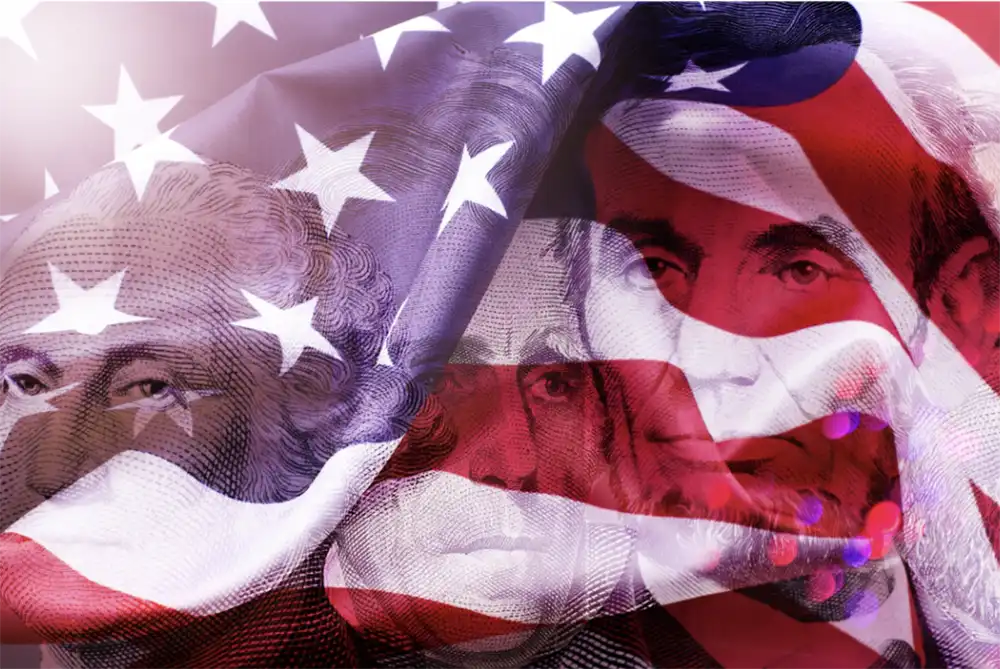
EXTENSIONS
-
Presidential Speech Writer
- Use this template to write a presidential campaign speech. Have students give their speeches in front of their classmates.
- Students can review their and one of their classmates' speeches using Ford's Theater Podium Points.
-
Take a field trip
- Visit the White House in Washington, DC. The White House Historical Society offers a tour.
- Take a closer look at Mount Rushmore in South Dakota.
- Visit Monticello, Thomas Jefferson's home in Virginia.
- Explore Presidential sites around the country through the National Parks Service. Add the items above to a choice board with videos and articles about the presidential residences. Learn more about choice boards by viewing the archive of OK2Ask: Engage & Inspire: Choice Boards for Differentiation, Part 1 (TeachersFirst review) and OK2Ask: Engage & Inspire: Choice Boards for Differentiation, Part 2 (TeachersFirst review).
- Use Google My Maps (TeachersFirst review) to create an interactive virtual tour that includes the sites mentioned above and links to other presidential sites and libraries.
- Modern Mount Rushmore Students can redesign Mount Rushmore. Use a slide program or Canva (TeachersFirst review) to recreate Mount Rushmore. Find images of presidents on Pixabay (TeachersFirst review).
-
Encourage critical thinking
- Use the Thinking Routines provided by Project Zero (TeachersFirst review) to encourage students to deliberate and discuss how the role of the presidency has changed over the years or how things might be different now if a president had made a different decision when faced with a critical choice. For example, the Projecting Across Time routine can be used to encourage discussion of the changing role of the president over time or the Tug of War routine can be used to explore the factors faced by presidents as they debate the different sides of a dilemma.
-
Timelines
-
Help students visualize the progression of American presidents or critical events during their administration using timelines.
- Use MyLens (TeachersFirst review) to create a timeline of important events using AI, then ask students to research the featured events.
- Ask students to create timelines about presidents using Venngage Timeline Infographic Templates (TeachersFirst review).
- ReadWriteThink (TeachersFirst review) offers a simple-to-use tool for creating timelines organized by date, time, or event.
-
Help students visualize the progression of American presidents or critical events during their administration using timelines.
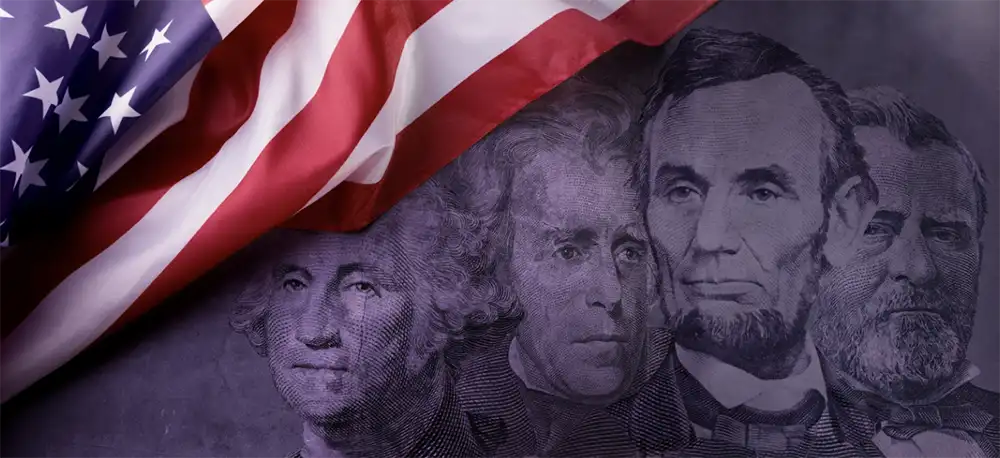
CORRELATION TO STANDARDS
- AASL National School Library Standards
- Inquire Shared Foundation, Think Domain - Learners display curiosity and initiative by: 1. Formulating questions about a personal interest or a curricular topic. 2. Recalling prior and background knowledge as context for new meaning.
- Inquire Shared Foundation: Create Domain: Learners engage with new knowledge by following a process that includes: 1. Using evidence to investigate questions. 2. Devising and implementing a plan to fill knowledge gaps.
- Inquire Shared Foundation, Share Domain - Learners adapt, communicate, and exchange learning products with others in a cycle that includes: 1. Interacting with content presented by others. 2. Providing constructive feedback. 3. Acting on feedback to improve. 4. Sharing products with an authentic audience.
- Include Shared Foundation, Share Domain - Learners exhibit empathy with and tolerance for diverse ideas by: 1. Engaging in informed conversation and active debate. 2. Contributing to discussions in which multiple viewpoints on a topic are expressed.
- Include Shared Foundation, Grow Domain - Learners demonstrate empathy and equity in knowledge building within the global learning community by: 1. Seeking interactions with a range of learners.
- Collaborate Shared Foundation, Think Domain - Learners identify collaborative opportunities by: 1. Demonstrating their desire to broaden and deepen understandings. 2. Developing new understandings through engagement in a learning group. 3. Deciding to solve problems informed by group interaction.
- Collaborate Shared Foundation, Create Domain - s Learners participate in personal, social, and intellectual networks by: 1. Using a variety of communication tools and resources. 2. Establishing connections with other learners to build on their own prior knowledge and create new knowledge.
- Collaborate Shared Foundation, Grow Domain - Learners actively participate with others in learning situations by: 2. Recognizing learning as a social responsibility.
- Explore Shared Foundation, Think Domain - Learners develop and satisfy personal curiosity by: 1. Reading widely and deeply in multiple formats and writing and creating for a variety of purposes.
